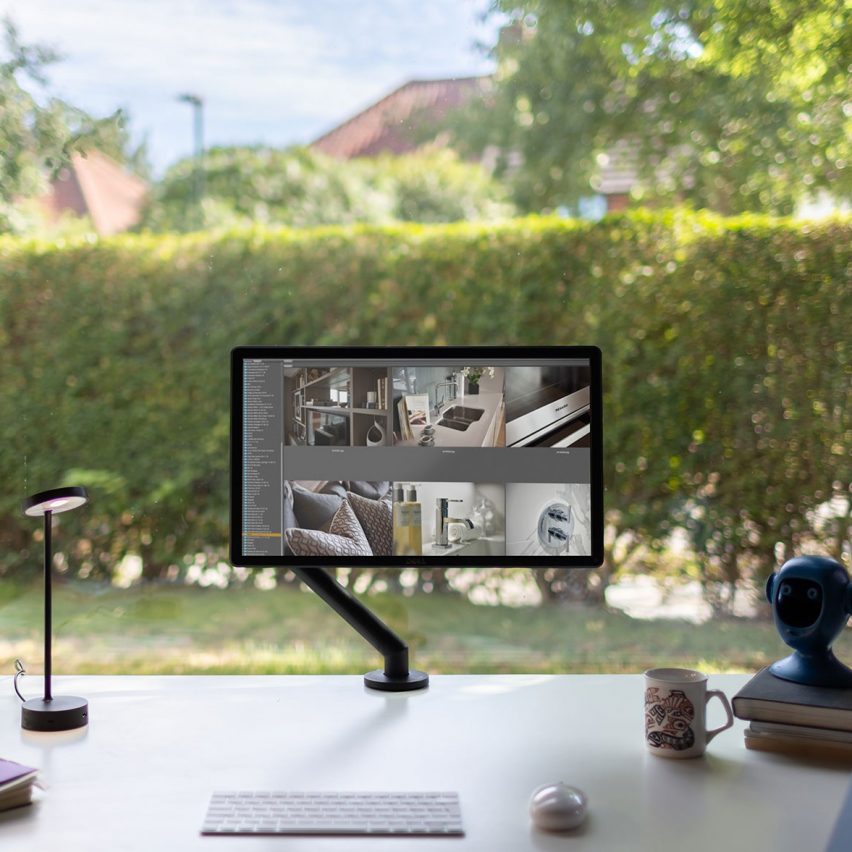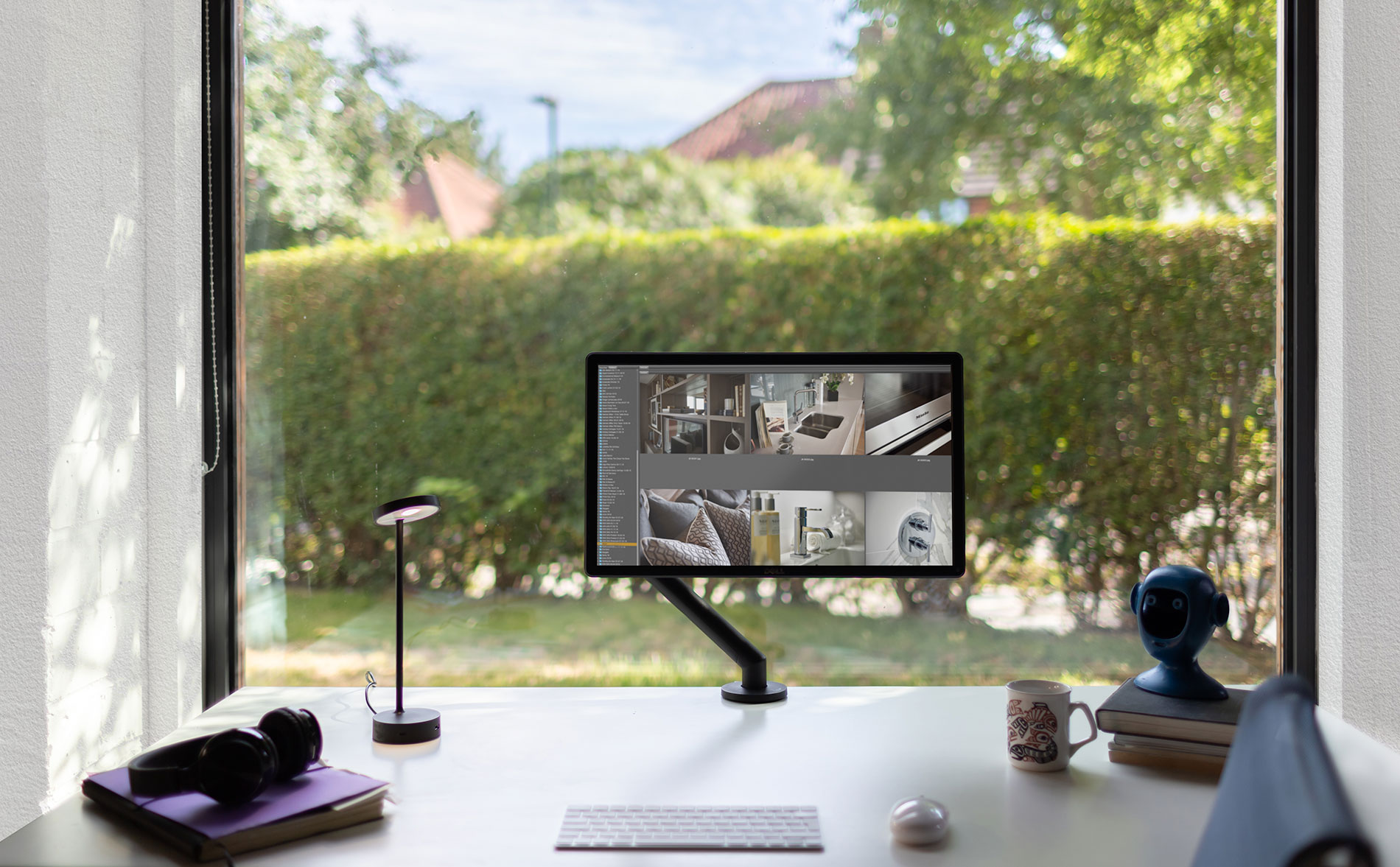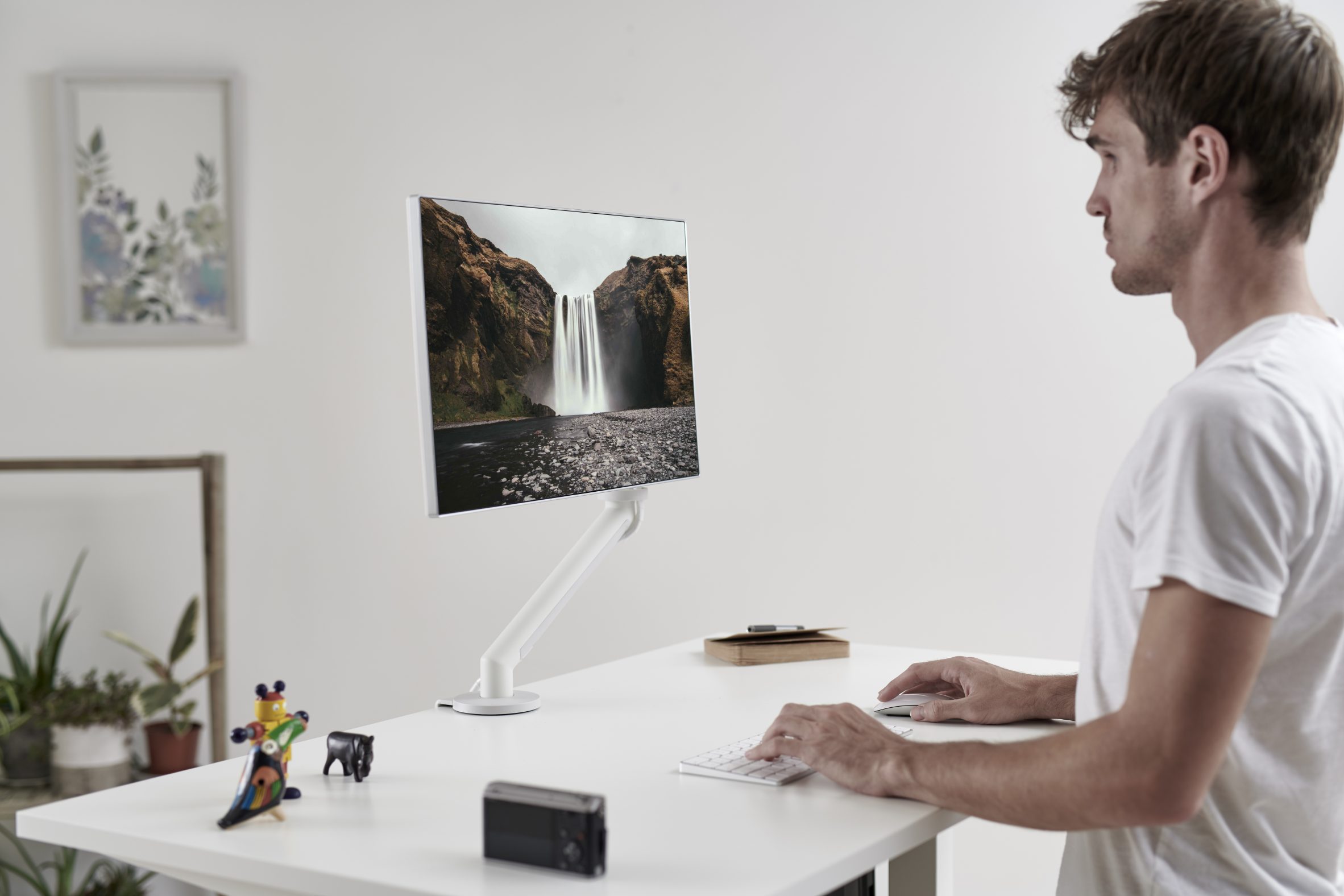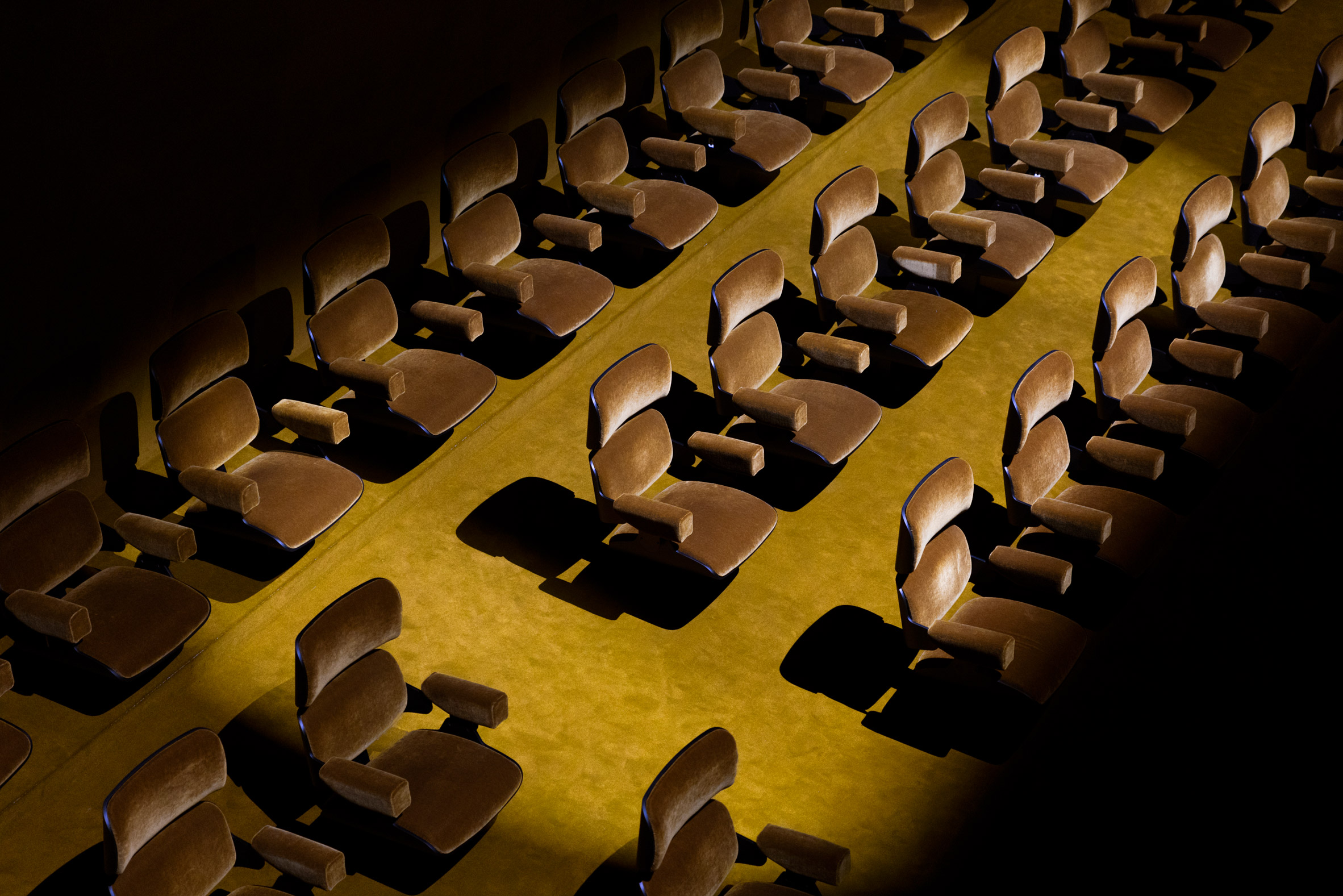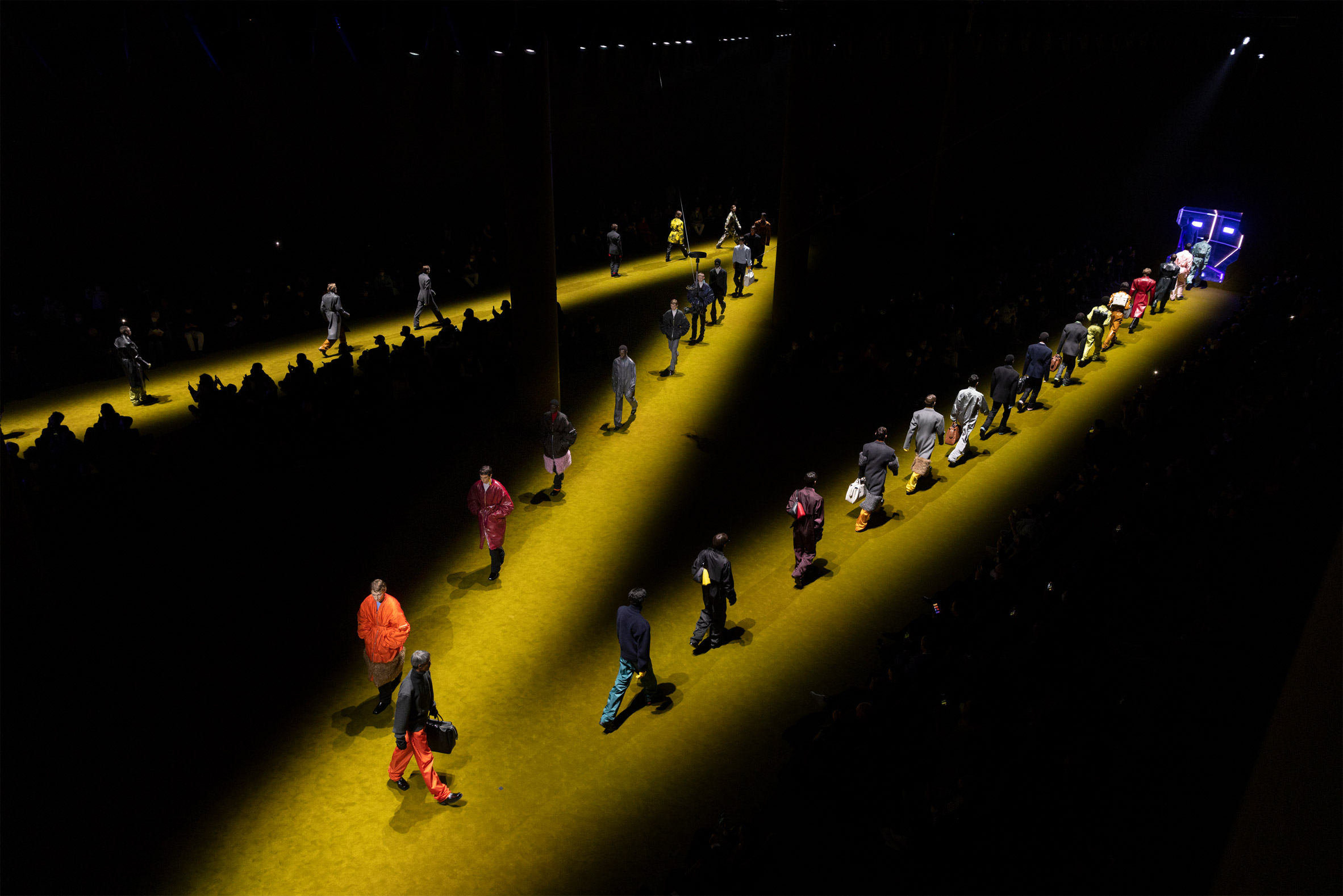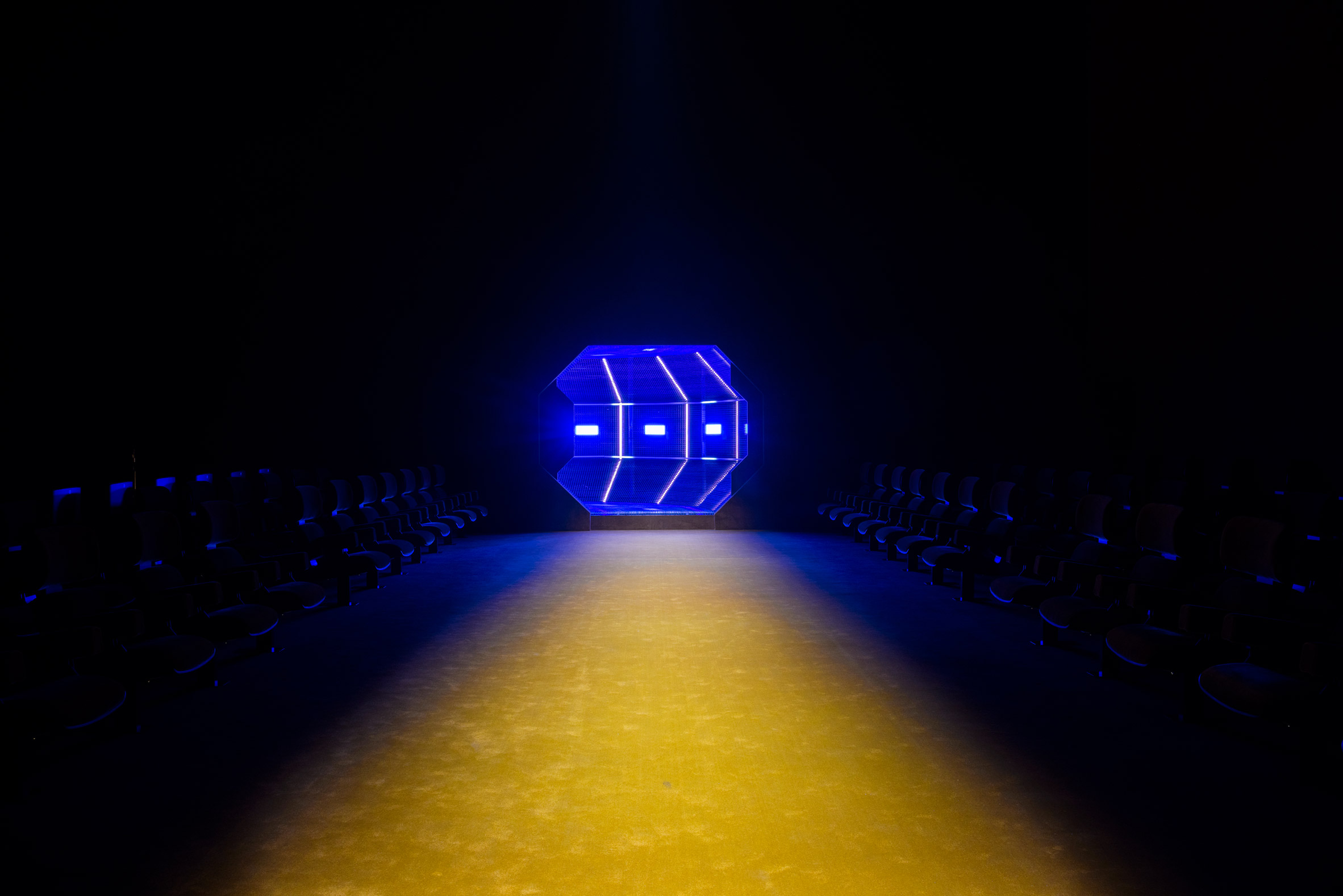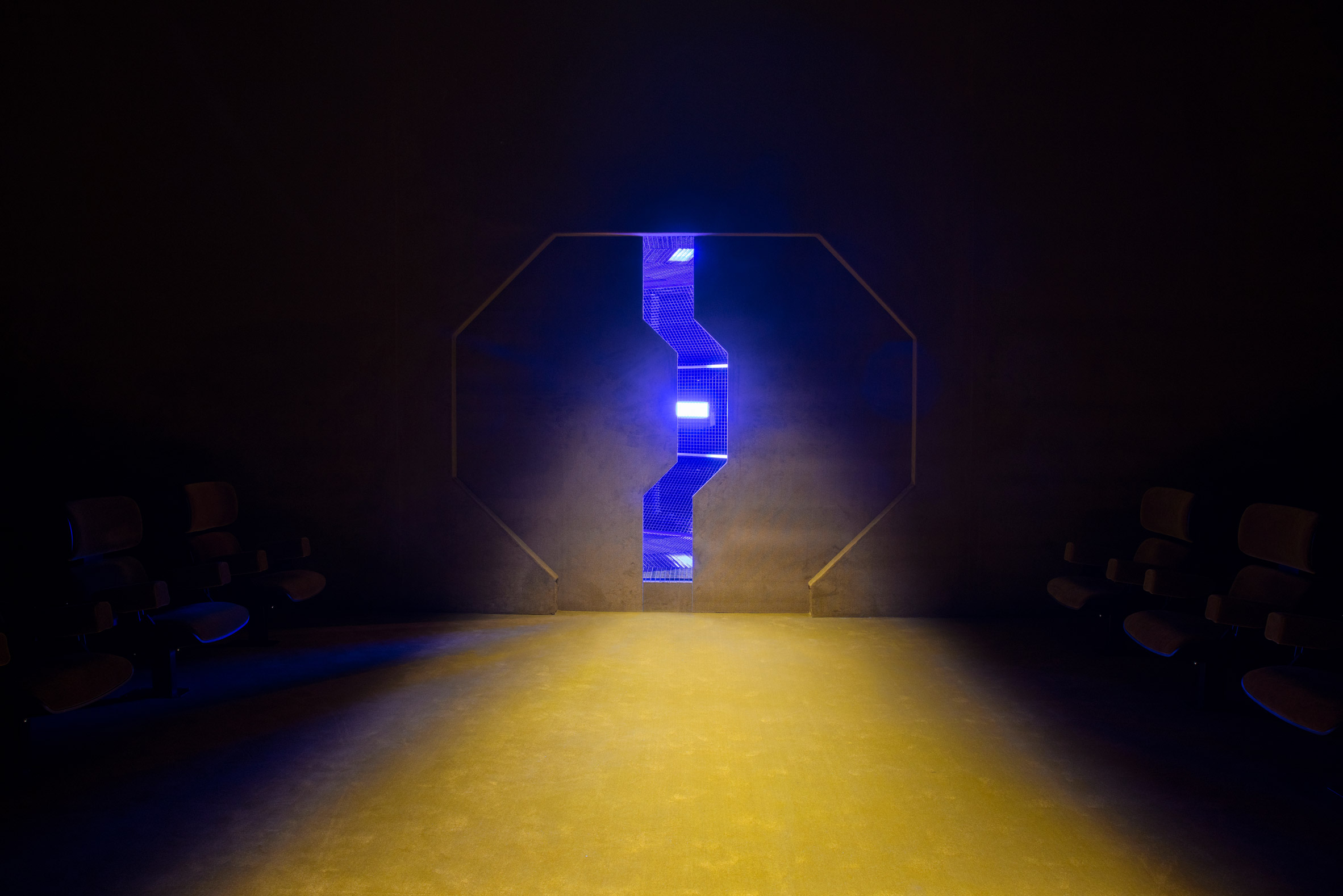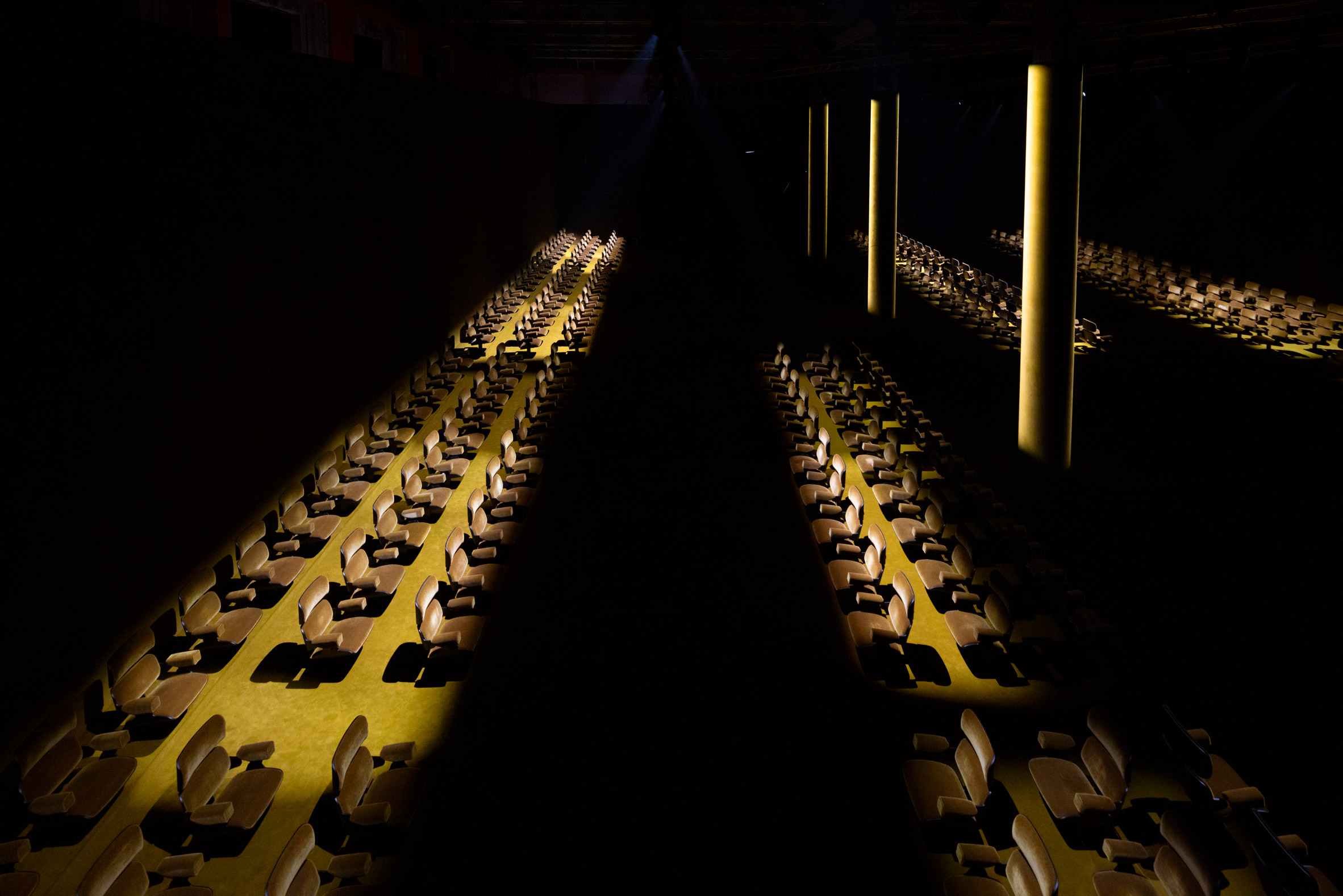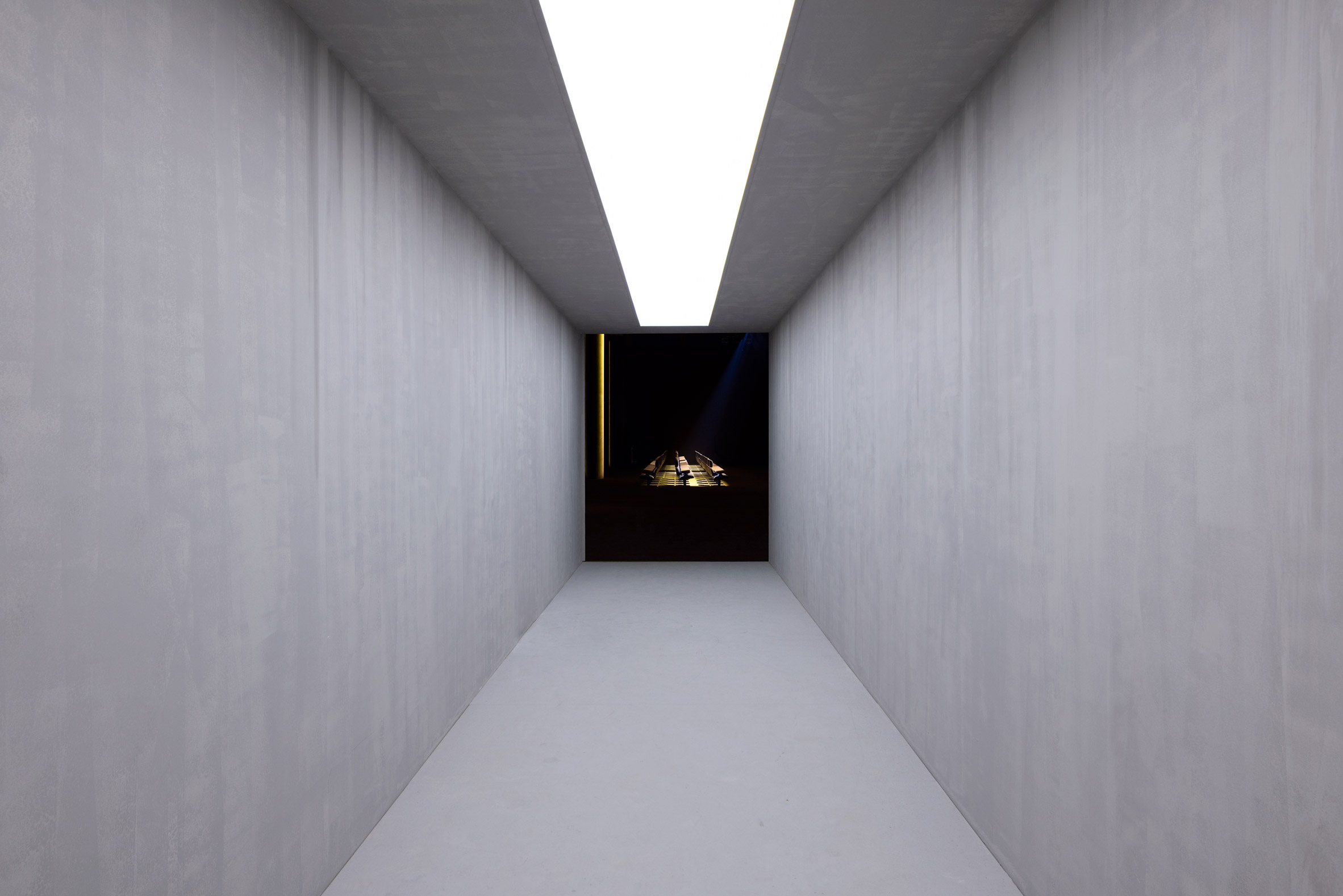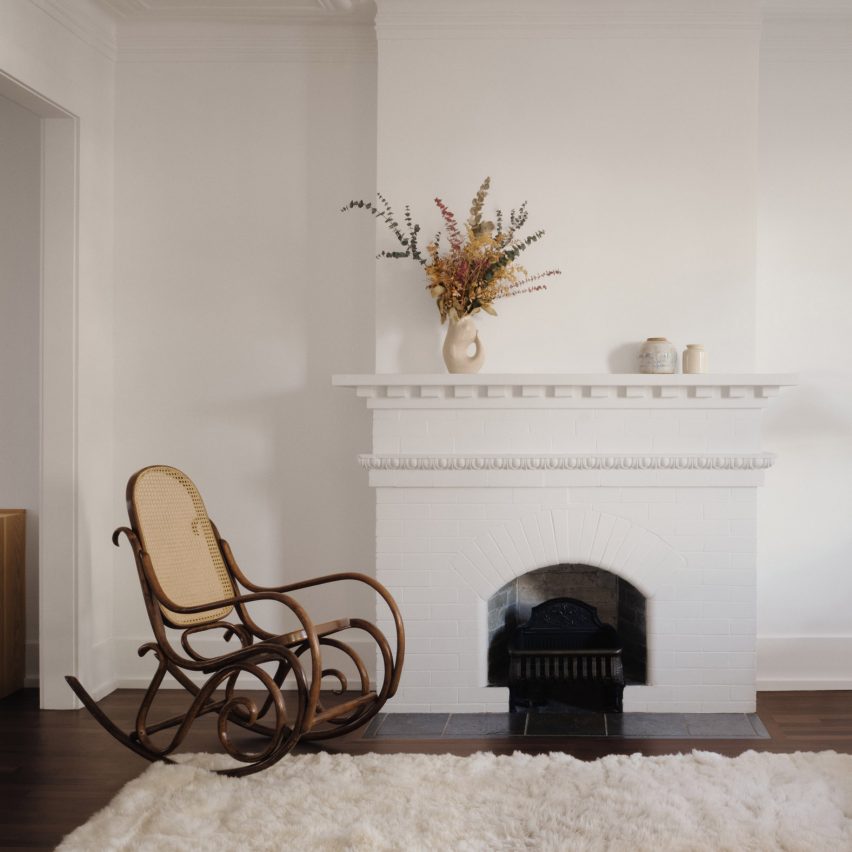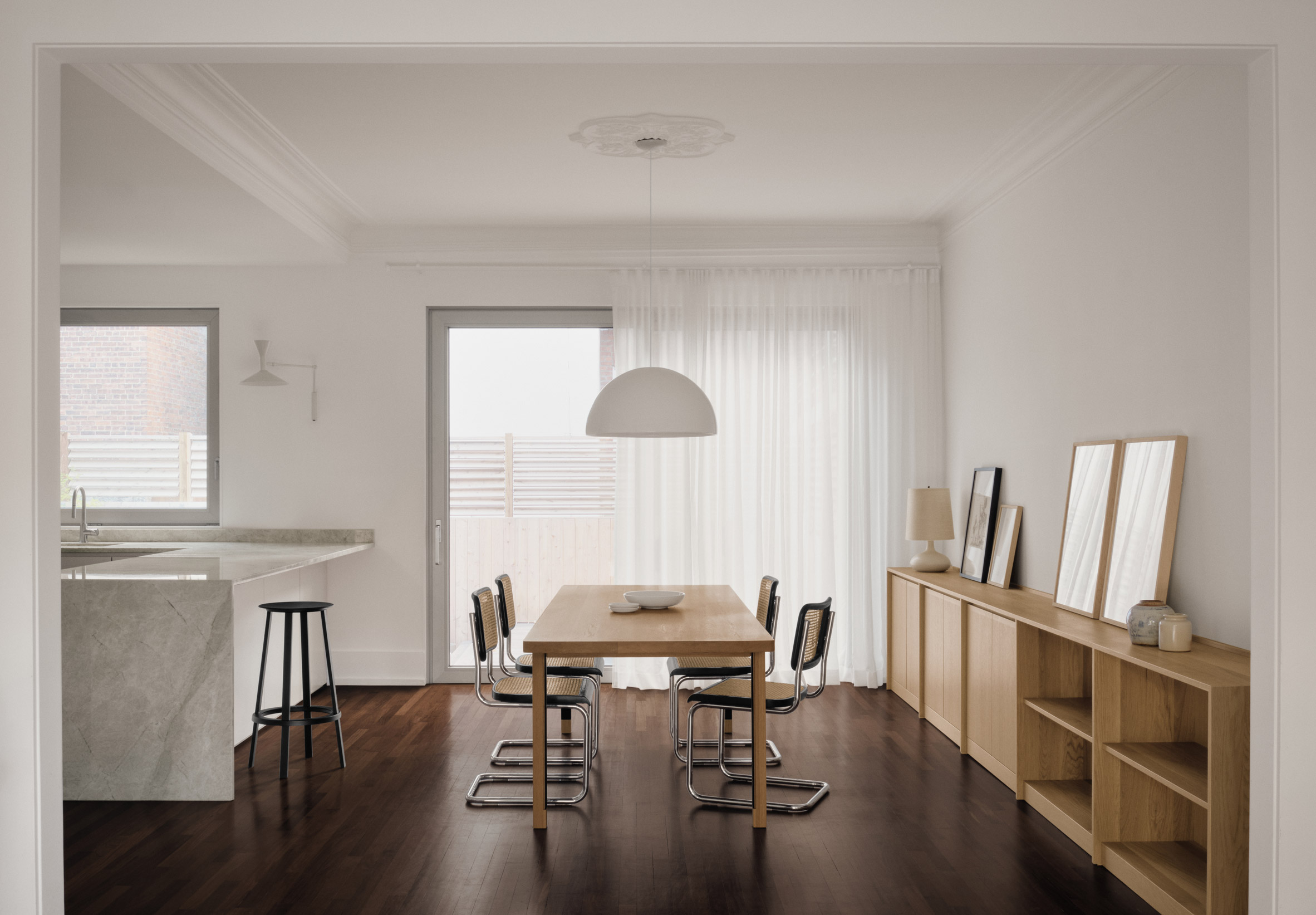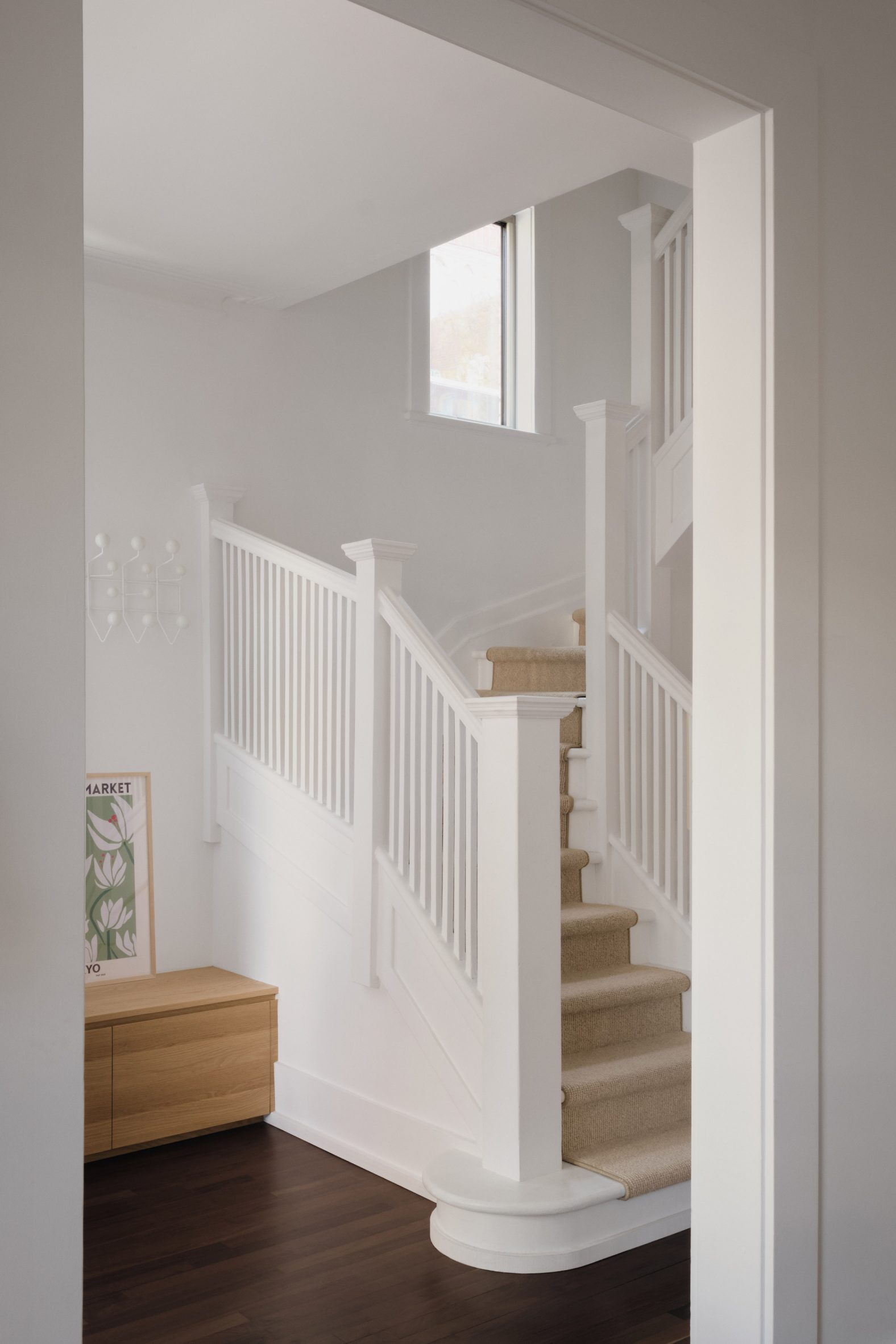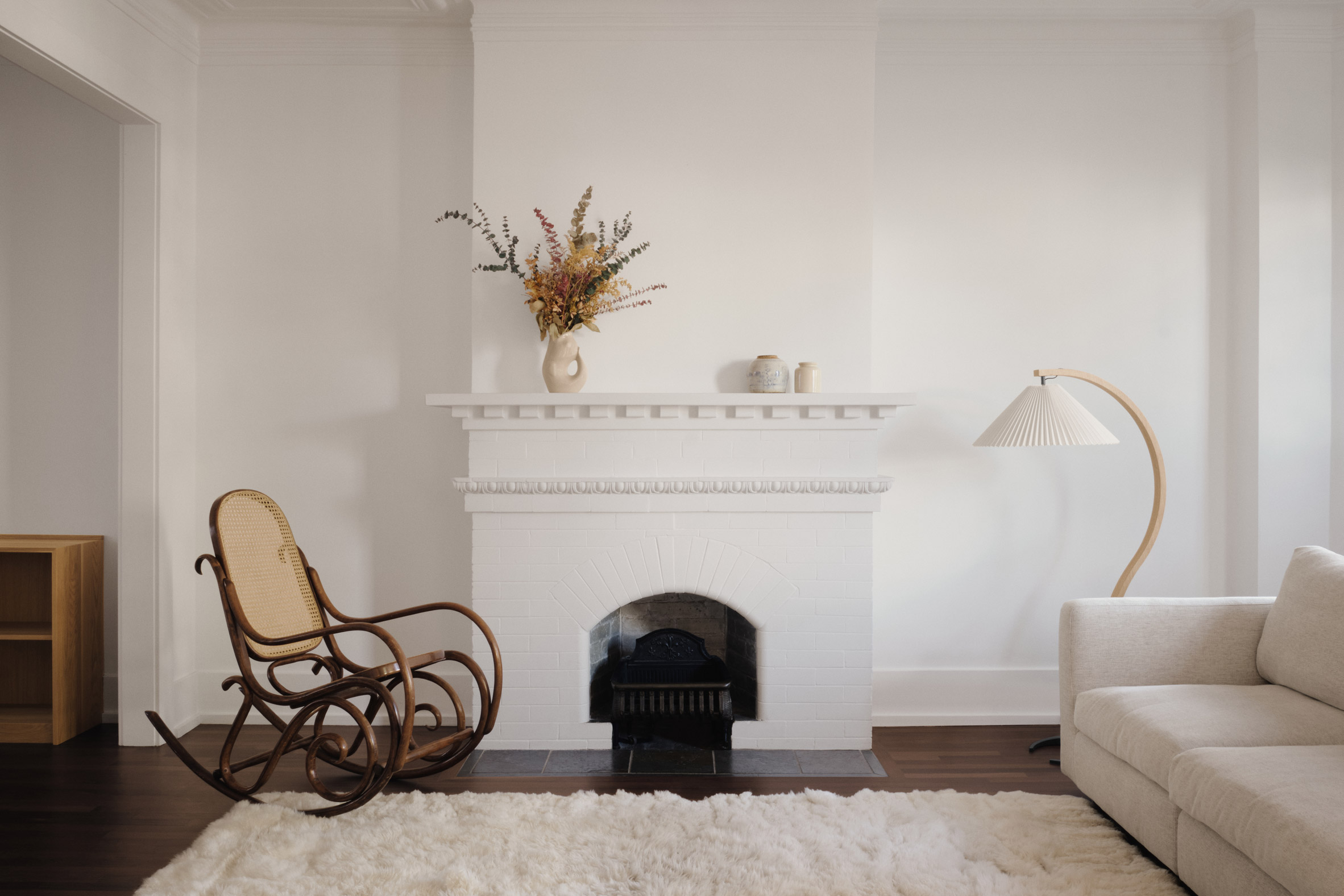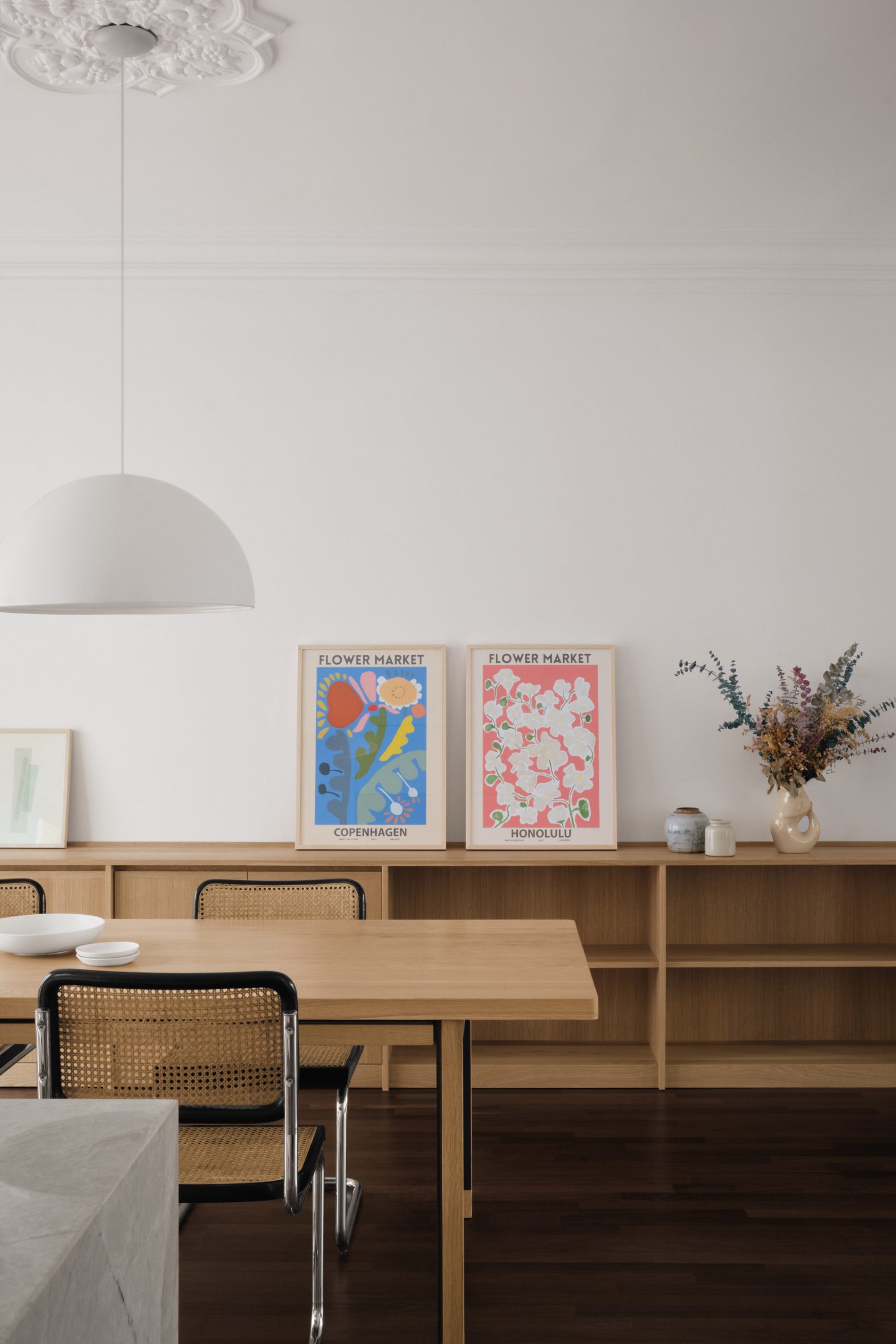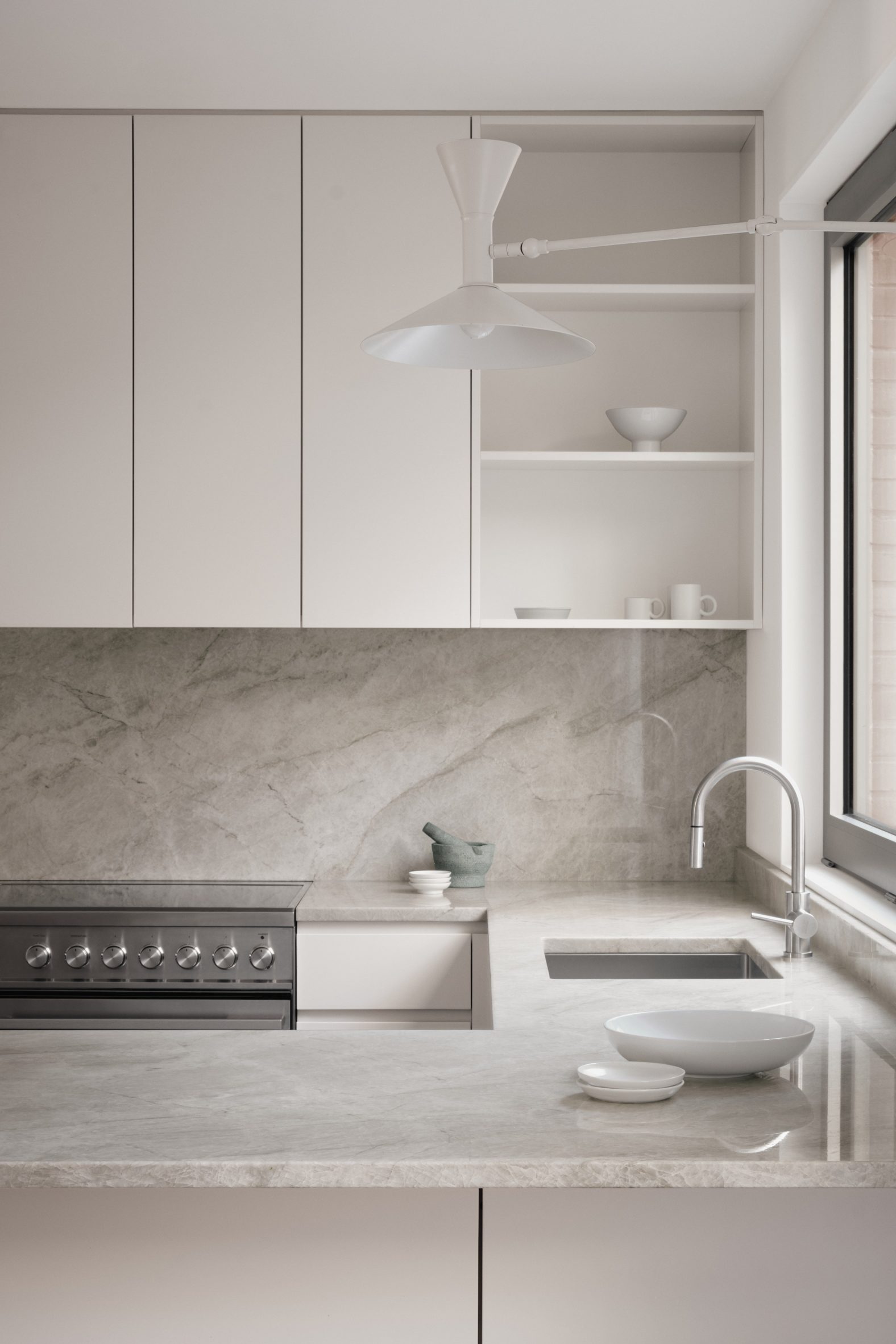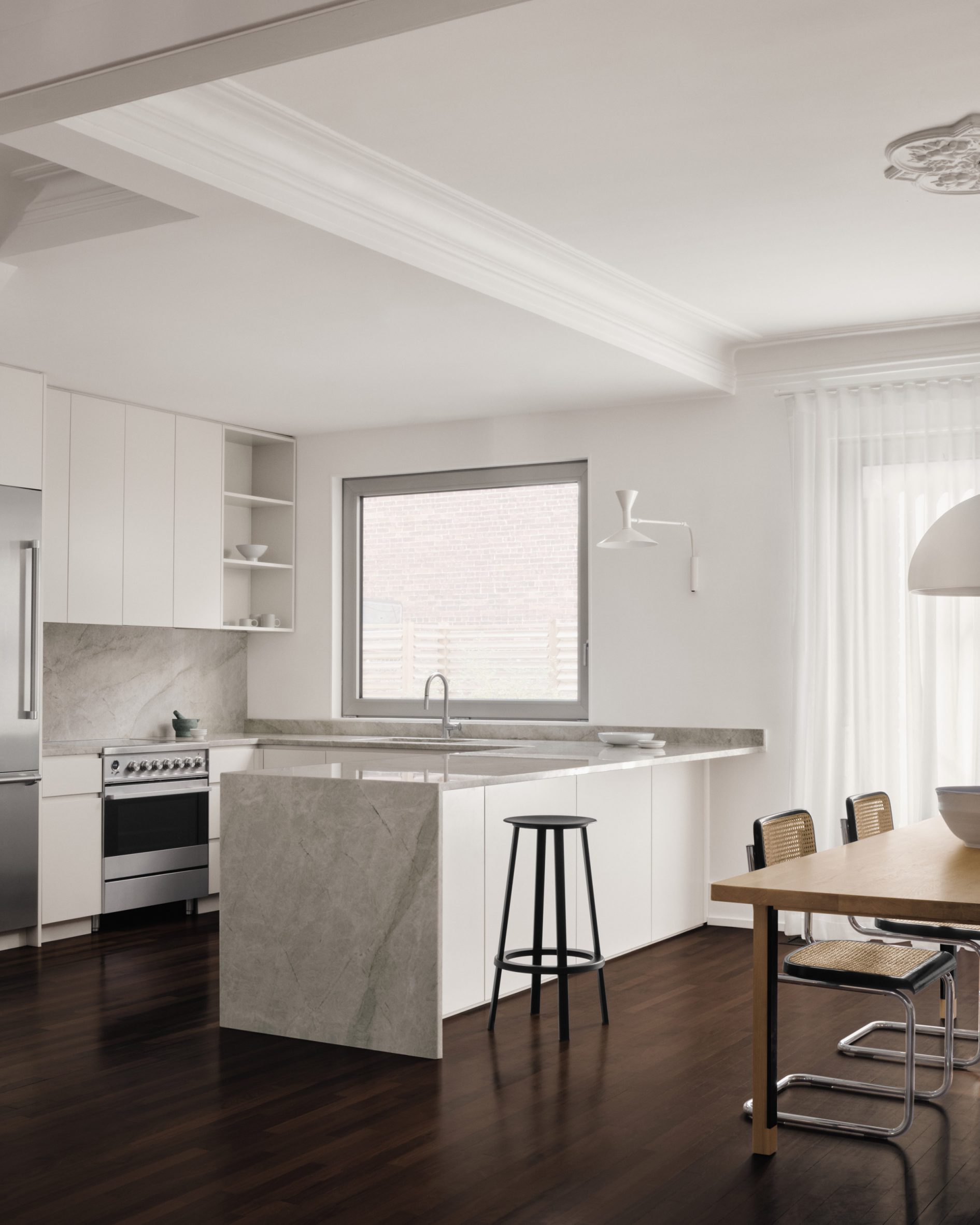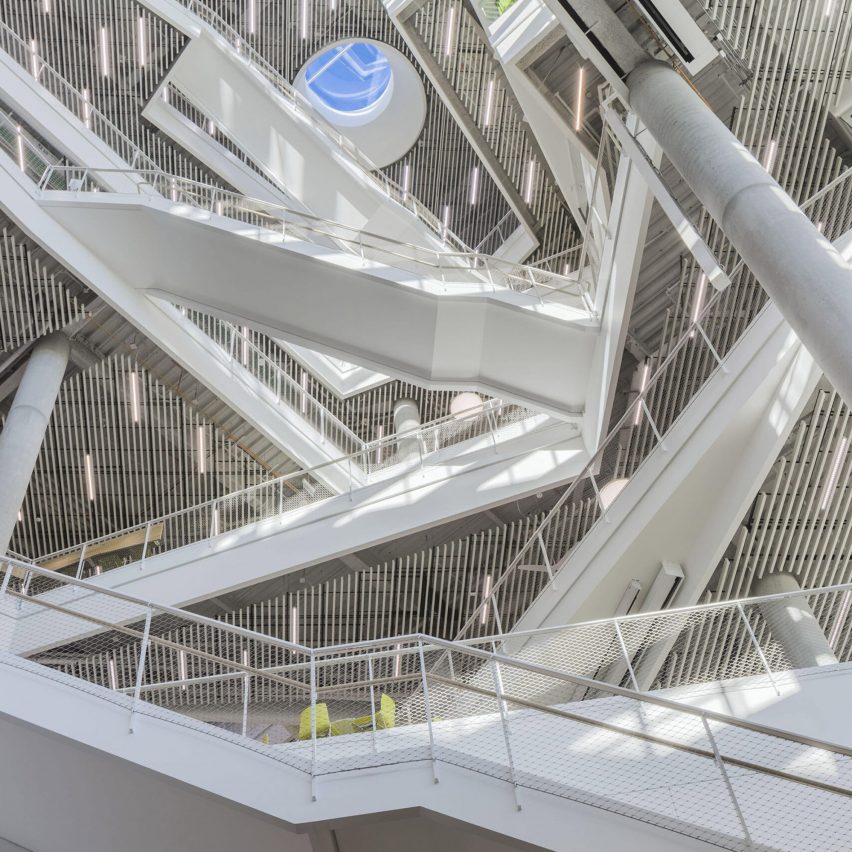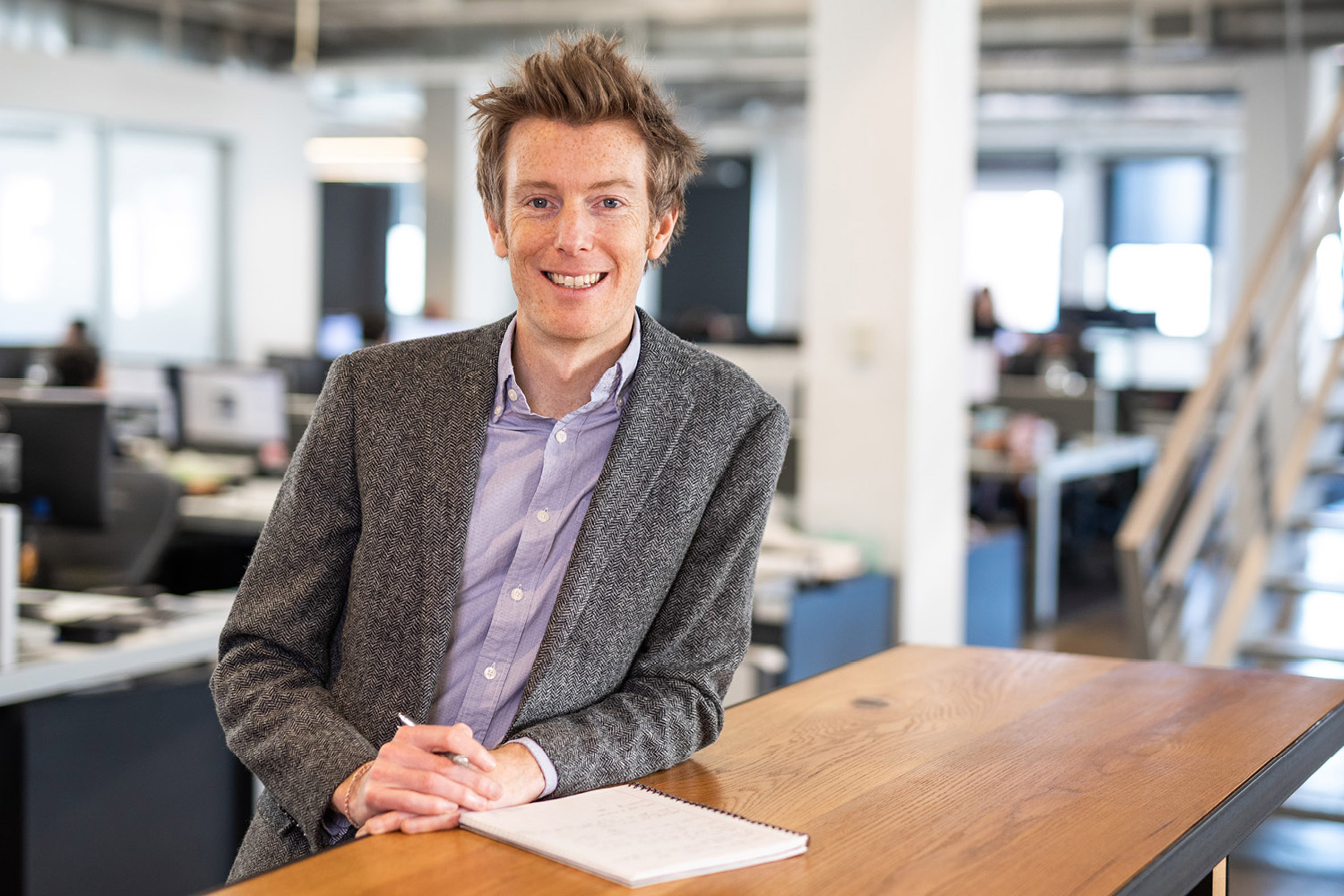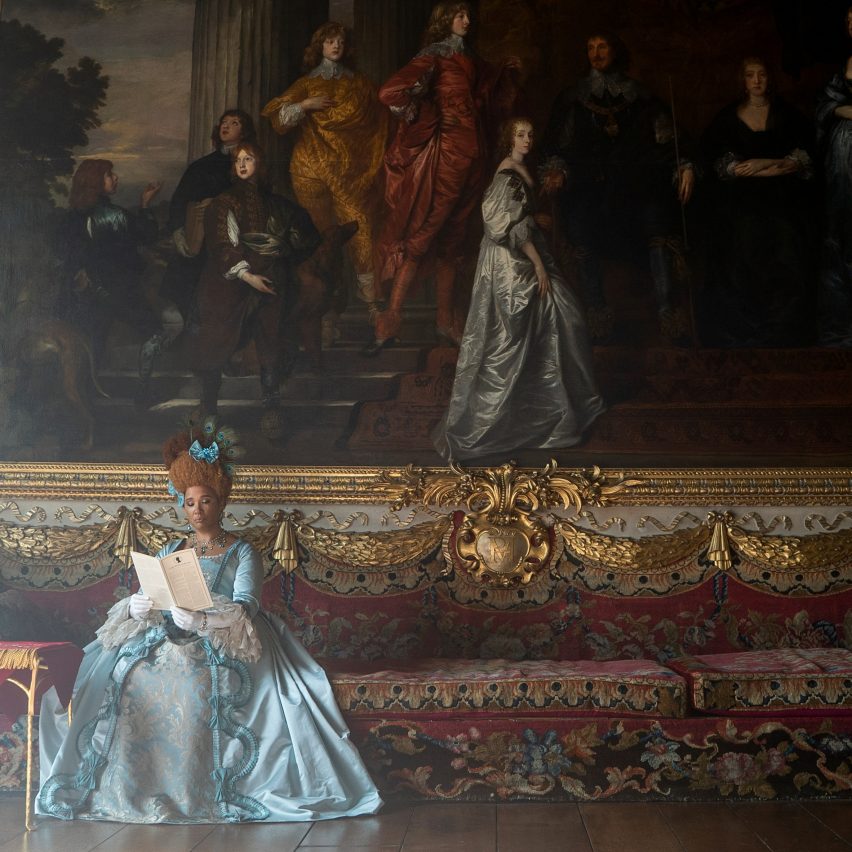
Sustainability will be the focus of the year ahead, but coronavirus lockdowns will make way for "unbridled frivolity" in interior design, says Michelle Ogundehin in her trends report for 2022.
2021 was thus not a year for trends. It was a year of uncomfortable truths. At the end of my last trends report, I proposed 2021 as "the year for the interiors equivalent of speaking your own truth" understanding "that the best homes are about the feeling they give you not the stuff they contain, the 'right' colours or 'hot' looks."
The most poignant of these was that we are all products of our environment. And we were making a right mess of ours. Not just on the wider climate scale, but also domestically. I'd even written a book drawing a direct line between our homes and our health: Happy Inside: How to Harness the Power of Home for Health and Happiness. It was published as the first waves of Covid hit UK shores, but conceived way before the word pandemic had entered the popular lexicon.
Its message was simple: what surrounds you affects you. And while many of us know this intuitively, for the scientifically inclined, there's a Stanford University study that proves environment is more important than genetics in determining the strength of your immune system.
Most fashionable trends are simply manufacturer dictated newness
All grist for the mill of intentional personal space creation. In other words, homes that reflect an occupant's authentic likes and lives rather than being determined by anything dictated externally.
So where does this leave trends?
In truth we know that most "fashionable" trends are simply manufacturer dictated "newness" designed, in the loosest sense of the word, to shift product. But there are also bigger shifts that underly these seasonal fluctuations. These are the lateral moves we make as a society (highlighted by consumer research, or early adopters) that eventually bubble up to the mainstream as potent influencing factors. These are the "trends" worthy of comment.
As such, right now, sustainability is the obvious thread connecting anything relevant for 2022.
It's finally dawning on the majority that it's less about the planet being in jeopardy, than us. The planet has seen worse, we have not. We are the ones in danger of extinction. But it's not too late (just) to do something about it.
Sustainability is the obvious thread connecting anything relevant for 2022
Albeit I'm leaping to the assumption that the bosses of our worst air, water and plastic polluting corporations (China Coal and Saudi Aramco to Coca-Cola, Pepsico and Unilever among others) start focusing their might on species survival rather than lucrative personal tenures. Things are happening, but too slowly.
Regardless, my faith still rests with the power of the everyman and the nudges for change we can make as individuals. A 2020 report by the IBM Institute for Business Value showed that six out of 10 consumers are ready to change their purchasing behaviour to minimise their environmental footprint. This has power because options exist, consumers switch and such direct impact on corporate bottom lines forces change.
Today the only question worth asking any brand, supplier or corporation is simply, can you make what you do responsibly, as standard ie without endangering our air, waterways, mammal or marine life? Because if you can't, we don't want you. And no company today wants to be open juried or cancelled via social media.
Any period of sobriety is generally followed by heady abandonment
But they will be as our eyes are increasingly opened to the obfuscation, deliberate spread of misinformation, lobbying against environmental measures, and hypocrisy employed to protect perilous corporate status quos. And this covers everything from the manufacture of washing-up liquid that's legally deemed chronically harmful to aquatic life (read the label on the back of a bottle of Fairy Liquid) to high acrylic content paint, a major source of microplastic pollution.
In most cases, injurious options exist only because they cost pence to produce but sell for pounds aka ching ching, maximum profit. But the tide is turning.
However, while this is the backdrop against which everything else is measured, decoratively speaking, all herald unbridled frivolity, the return of joy and a dose of the pretty. It makes sense though; it represents an element of release after being so tightly wound that we cannot help but be intuitively drawn to.
Any period of sobriety is generally followed by heady abandonment; denial begets indulgence — consider the Roaring 20s after world war one. Cue then rooms drenched in full-fat colour and joyous prints applied with enthusiastic abandon to walls, floors, if not ceilings. Think wallpaper and rugs to parquetry and narrative mosiacs.
The success of the Netflix romp Bridgerton (pictured) was the torchbearer for this in my opinion. First aired on Christmas Day 2020, it clocked 82 million viewing households in its first 28 days (by the streamering company's own reckoning). Steamy, indulgent and diverse, it was viewing manna for the sensory-starved and lockdowned at home. Stylistically speaking, it was also just incredibly pleasing to watch, all Wisteria drenched porticos, torch-lit colonnades, dapper men and pastel silks.
Waste made wonderful will be essential to support a new sustainable economy
Set in the homes of England's 19th-century Regency elite, for the wealthy this was a period of artful elegance and decoration for the sake of it, founded on classical tropes but inspired by Egypt to India. The country was ruled by the fiscally extravagant, culturally adept and party-loving Prince Regent and life in the upper echelons was lush, fun and romantic.
An eagerly anticipated second series of the show will premiere on March 25th 2022. Rest assured this sentimental recolouring of history will prompt a Neo-Regency as we freshly appreciate the uplifting potential of architectural adornment, both inside and out.
The evolving wave of biofabricated materials taps into this romantic milieu too. Rather than toxic tanneries and slaughtered animals we have pineapple leaves (Piñatex) and Mexican cacti (Desserto) being turned into leather substitutes. Meanwhile, everything from discarded coffee grounds and shrimp shells, tea leaves and nut husks are being made into desirable products.
It's just as well. Waste made wonderful will be essential to support a new sustainable economy. After all, consumerism isn't going anywhere. We will still want to wear nice clothes, buy lovely things and drink takeaway coffee, but we need to do so in a way that gives back.
Even at the luxury end of the market, notions of repair, recycling and re-use will predominate with the emphasis on the uniqueness of the remade product. There will be no loss of style or quality. It will be the same artisans crafting the products. But the desire to own brand new no longer carries the allure it once did. We want heritage, stories and clear provenance instead. Plus, today's acutely aware consumer wants to literally wear their ecological credentials on their arms and backs and sit on it in their homes.
A lot of the big trends of the last 10 years were driven by technologically enhanced convenience
Thus, from homes designed for Friluftsliv — the Nordic ideal of being outdoors in all weathers — to IKEA pledging to be a totally circular and climate positive business by 2030, and Hempcrete coming through as a credible alternative to concrete, the new normal home-making experience is changing. Even long-term furniture rental, rather than purchase, is gathering steam. So much so that British high street stalwart John Lewis are getting in on the act, partnering with Fat Llama, the world's largest rental marketplace to offer a flexible, affordable way to experiment at home without waste. It all adds up to a reason for hope.
In summary, a lot of the big trends of the last ten years were driven by technologically enhanced convenience. We wanted everything quicker, smaller, faster and yesterday, regardless of the consequences.
Life sped up to keep pace, accrued air miles were shorthand for success, and cover up, smooth out, quick fix solutions were the go-to (from surface finishes to cladding via the feature wall) and damn the consequences.
We're paying for that now. As the anthropologist and primatologist Jane Goodall says in her newly released, The Book of Hope, authored with Douglas Abrams and Gail Hudson, "If we keep pulling threads from the tapestry of life it will disintegrate and we will lose what supports us."
Wisdom for the future then relies on us finally knowing our place, recognising our responsibility to the natural world. In short, for us to earn the right to stay here, there must be a new cultural revolution.
The most incredible opportunities exist right now for us and every single brand to be a game-changing trailblazer for the greater good. This could be the restoration era: repairing planet and people one conscious choice at a time. Our freedom to survive, let alone thrive, depends upon on those choices.
Michelle Ogundehin is a thought-leader on interiors, trends, style and wellbeing. Originally trained as an architect and the former editor-in-chief of ELLE Decoration UK, she is the head judge on the BBC's Interior Design Masters, and the author of Happy Inside: How to Harness the Power of Home for Health and Happiness, a guide to living well. She is also a regular contributor to many prestigious publications worldwide including Vogue Living, FT How to Spend It magazine and Dezeen.
The post "Any period of sobriety is generally followed by heady abandonment" appeared first on Dezeen.
from Dezeen https://ift.tt/33XRKeo
